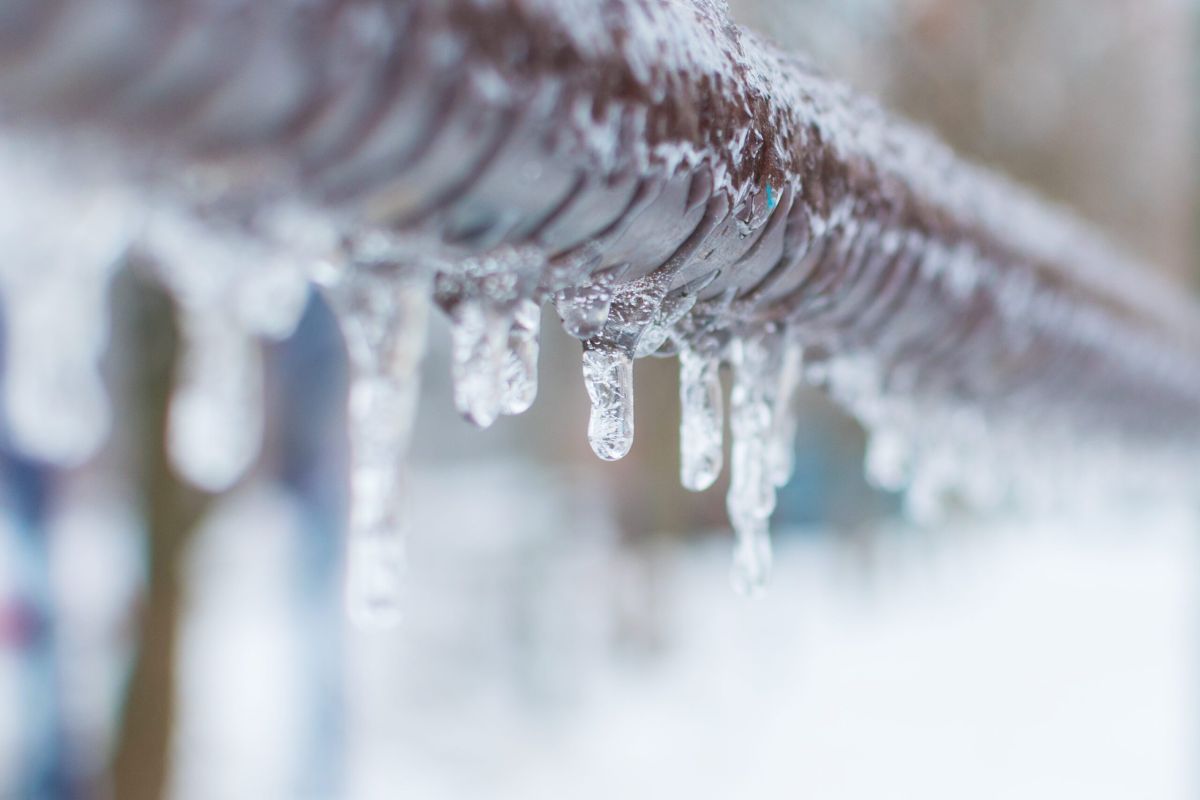Freezing temperatures – how to protect your pipes

Insulate pipes or faucets in unheated areas: Pipes located in unheated areas of your house, such as a garage or crawl space under the house or in the attic, are subject to freezing. If you have time to do this before freezing temperatures arrive, wrap these pipes with insulation materials made especially for this purpose. These materials can be found in most hardware stores/home improvement centers.
Disconnect and drain outdoor hoses: Detach all hoses from faucets and allow them to drain. This action guards against the water in the hose or pipe from freezing and bursting the faucet or pipe to which it is connected.
Run a trickle of water: When forecasts call for sustained and/or severe freezing temperatures, run a thin trickle of water from the faucet furthest from the water line coming to your house. Usually, this is in a room at the back of the house or outside, in the yard. Allowing the water to circulate through your home’s plumbing helps to keep it from freezing. Keep in mind that the cost of the water used is extremely slight compared to repairing broken pipes and the resulting water damage.
Remember the backflow preventer: Residents and business owners who have backflow preventers on their properties for water lines, fire lines, irrigation systems, and swimming pools need to protect their backflow preventers from freezing as well. An extended freeze can burst the body of the backflow assembly, rendering it useless. Wrap these pipes with insulation materials, made especially for this purpose. These materials can be found in most hardware stores or home improvement centers.
If the device and the water line are not in use at this time (i.e., irrigation system or swimming pool lines), shut off the water supply line and drain the backflow device. For more information on how to protect these devices visit www.hnws-fl.com under Services and then select Backflow & Cross-Connection Program.







